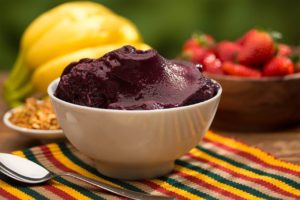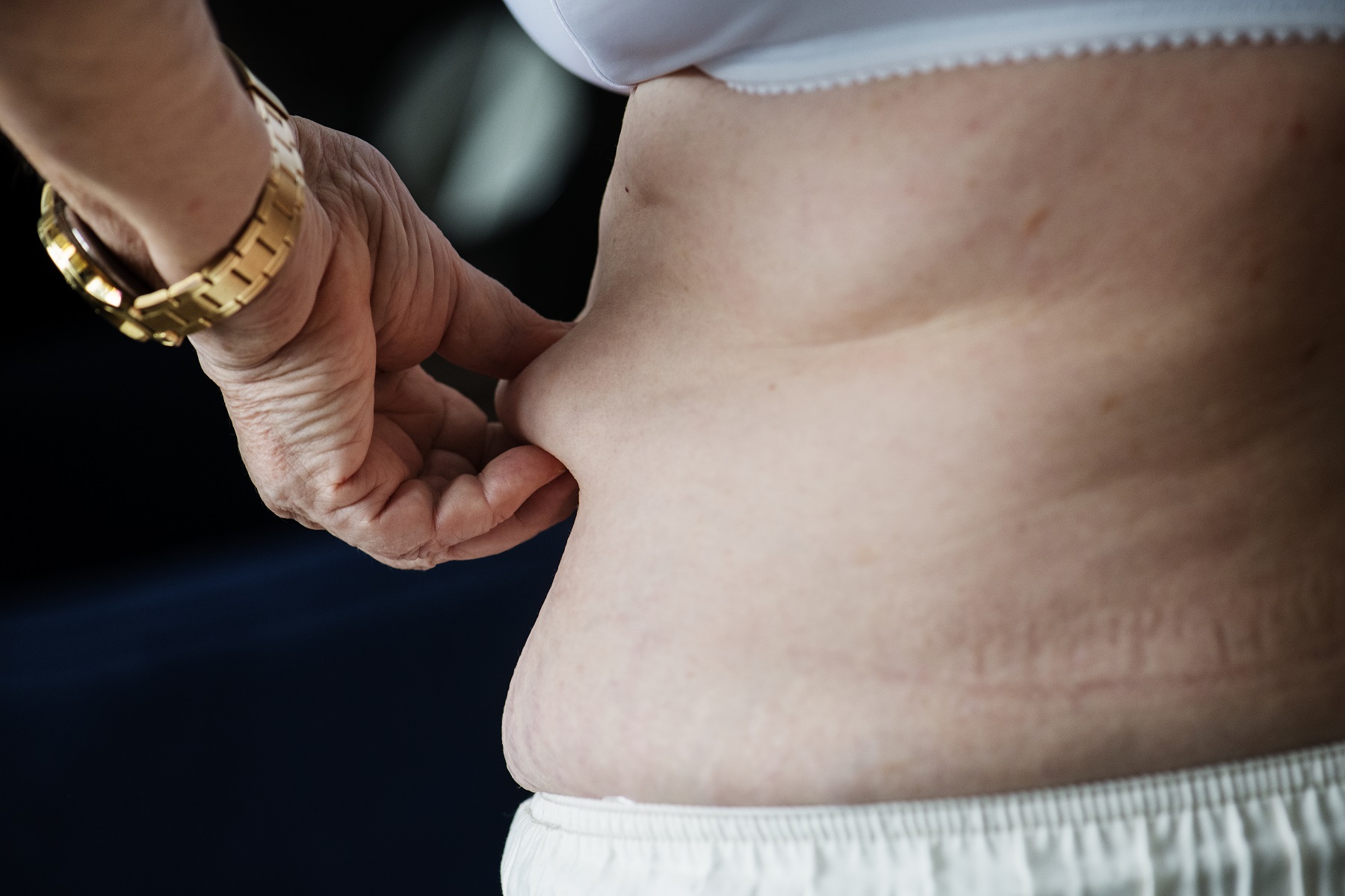 We all know that the weight loss business is huge and involves millions of dollars every year. We also know that millions of people are ready to spend extra bucks and follow some rules to reach their dream to get the body shape of their dreams. But don’t be fooled by the company’s advertisements and campaigns on the media that turn viral among the “weight loss market community”.
We all know that the weight loss business is huge and involves millions of dollars every year. We also know that millions of people are ready to spend extra bucks and follow some rules to reach their dream to get the body shape of their dreams. But don’t be fooled by the company’s advertisements and campaigns on the media that turn viral among the “weight loss market community”.
In this more than ever capitalist world, there are manufacturers and so-called experts that not tell the real truth. We’ve been fed misinformation and outright lies about our health, and we’ve swallowed them hook. Below check some of the myths that nearly everyone considers nutrition gospel, but in reality, make us fatter.
Everything in Moderation
Surely you’ve got that “live a little” friend or coworker whose perennial diet claims no food is bad or off-limits, so she enjoys a homemade brownie your receptionist brought in and digs into fries with ketchup at lunch because they fit into her point system. Her frequent pleasures mean she carries a little extra weight, and you’re sure food intolerances contribute to her frequent headaches and other symptoms. Everything in moderation is a failed cliché in the nutrition world because it gets us into serious trouble. Moderation becomes a slippery slope, triggers cravings, opens the floodgates for food intolerances, and ignores the serious damage certain foods can create.
Calories In, Calories Out
Eat less and exercise more. That’s the standard advice doctors and so-called experts frequently dispense right? You know the mindset: If you burn 500 calories on the elliptical machine so you can indulge in some after-gym fro-yo. The calories-in-caloriesout mentality allows manufacturers to promote 100 calorie snack packs as healthy and ignores the thousands of biochemical processes that occur at any moment in your body. Simple conclusion: calories count, but hormones matter more.
Fat Makes you Fat
Certainly sounds logical, but so did acid-washed jeans at the time. Low fat” or fat free almost always translates into higher-sugar processed food and we can’t think of a single food in nature that’s entirely fat free. Even fruit has a little highquality fat. The only fats to completely eliminate are trans and damaged fats. Otherwise, consider the source. There’s a world of difference between the saturated fat in a fast-food cheeseburger and what you get in a portion of food made with coconut milk.
Whole Grain Goodness
What does ‘whole grain’ mean for you? We almost sure mostly of you – the readers, is not be able to give a good and convinced answer. For a grain to be truly whole it must contain bran, germ and endosperm and most foods don’t meet those criteria. Actually, manufacturers love this term because they can fortify pretty much any junk food with “whole grains” and suddenly it becomes healthy. Just as example, real healthy whole grains include quinoa, wild rice, and gluten-free oats.
Eat a “Balanced Breakfast”
Manufacturers concoct all kinds of sugary, processed, fortified foods to start your day. Eating a bowl of “healthy” cereal with skim milk, a banana and orange juice is a sugar roller coaster set to crash about 10:30am. That’s because your body converts nearly all that high-carbohydrate breakfast into sugar, which stores quite nicely around your midsection. Please note that equally bad is skipping your “regular” breakfast entirely, which raises your stress hormones and triggers an all-day craving and hunger cycle.
Paid attention and if possible read this short article again. Many of us have real intentions and focus to lose a few pounds and/or keep the body in good shape, but are following the wrong set of rules counting calories, watching fat grams, and diligently buying “healthy” foods that create more havoc than good. When you redirect that effort and start seeing food differently, you begin connecting what you eat with how you feel. You start losing fat effortlessly without being hungry or eating foods you don’t enjoy.
Superfoods & Multivitamins
 The Harvard Health Watch points out that many of us may struggle to get all the nutrients we need from food alone. For one thing, says the Harvard Health Watch, “the ‘percent daily values’ featured on food labels are based on a 2,000-calories-aday diet. Many of us can’t eat that much without gaining weight. What if your energy needs are closer to 1,500 calories a day? What if you’re dieting? Can you eat enough to take in the recommended micronutrients without falling back on a multivitamin?”.
The Harvard Health Watch points out that many of us may struggle to get all the nutrients we need from food alone. For one thing, says the Harvard Health Watch, “the ‘percent daily values’ featured on food labels are based on a 2,000-calories-aday diet. Many of us can’t eat that much without gaining weight. What if your energy needs are closer to 1,500 calories a day? What if you’re dieting? Can you eat enough to take in the recommended micronutrients without falling back on a multivitamin?”.
Most people don’t realize that there’s a superior answer for safeguarding your health, renewing your body, and possibly even extending your lifespan – but this answer cannot be found in a multivitamin. To the contrary, the real solution for renewing your health and your entire body is much safer and simpler and vastly more effective than any vitamin pill ever promised to be. According to the latest scientific research on nutrition and health, everyone who is currently taking a multivitamin could achieve exponentially better results by consuming “superfoods” instead.
What is a Superfood?
A “superfood” is a food with a high concentration of various nutrients and physiochemical content that delivers exceptional health benefits. The best superfoods are usually scientifically proven foods that can be used in a targeted way to support natural healing of specific health problems and to enhance health and well-being. Bellow we listed the top eight superfoods:
- Açaí – The Most Antioxidant-Rich Superfood in the World!
- Camu-Camu – The Superfruit with 600 Times More Vitamin C than Oranges!
- Chlorella – The World’s Greatest Healthy Aging Food!
- Moringa – The “Miracle Tree” of Cell Rejuvenation and The Enemy of Abnormal Cell Growth
- Maca – The Sacred Plant More Precious than Gold!
- Spirulina – The Most Nutrient-Dense Food on the Planet!
- Cacao – The Nº. 1 Longevity Food.
- Wheatgrass – The Absolute Best Superfood for the Rejuvenation of Aging Cells.














